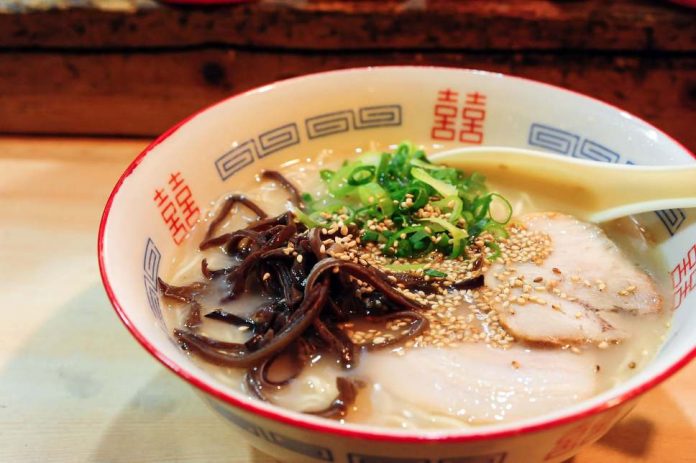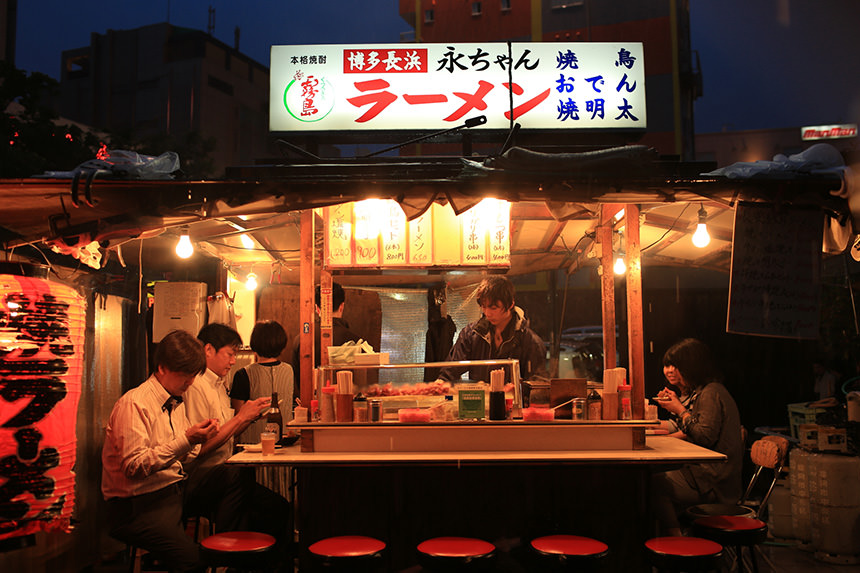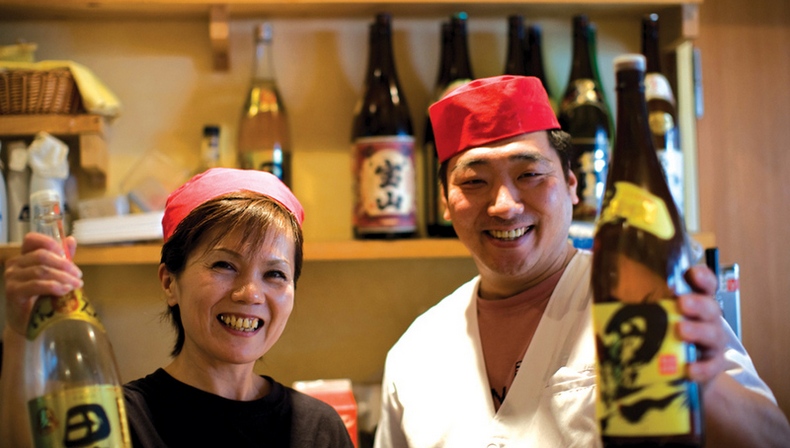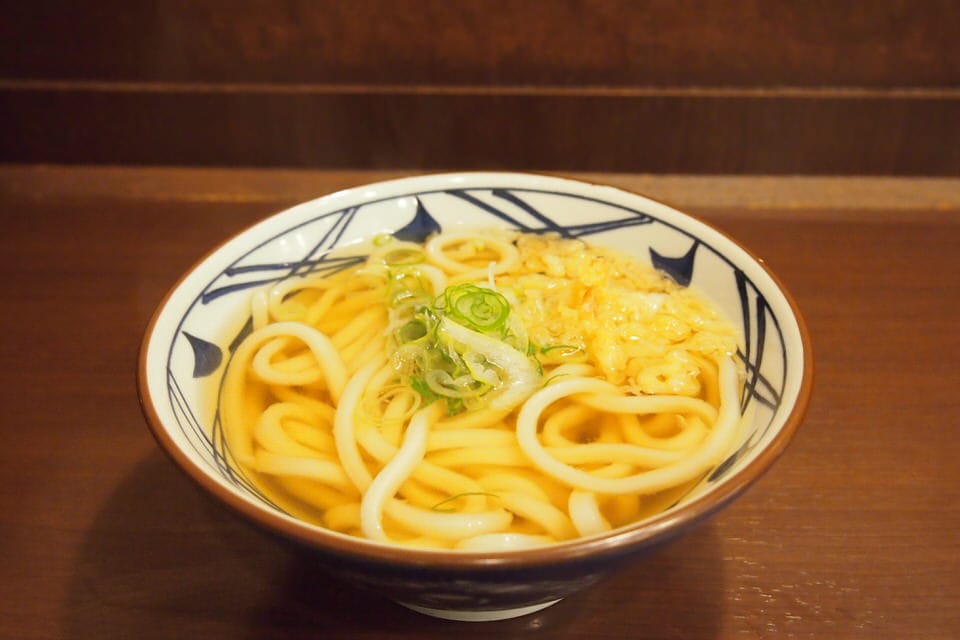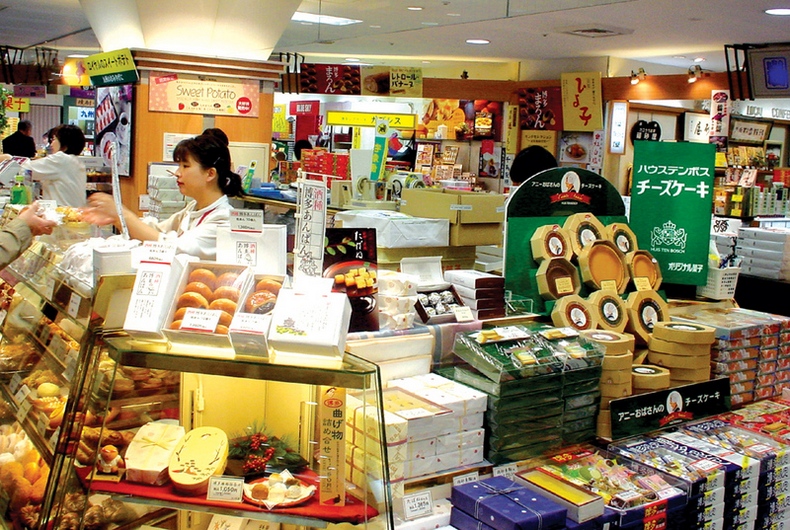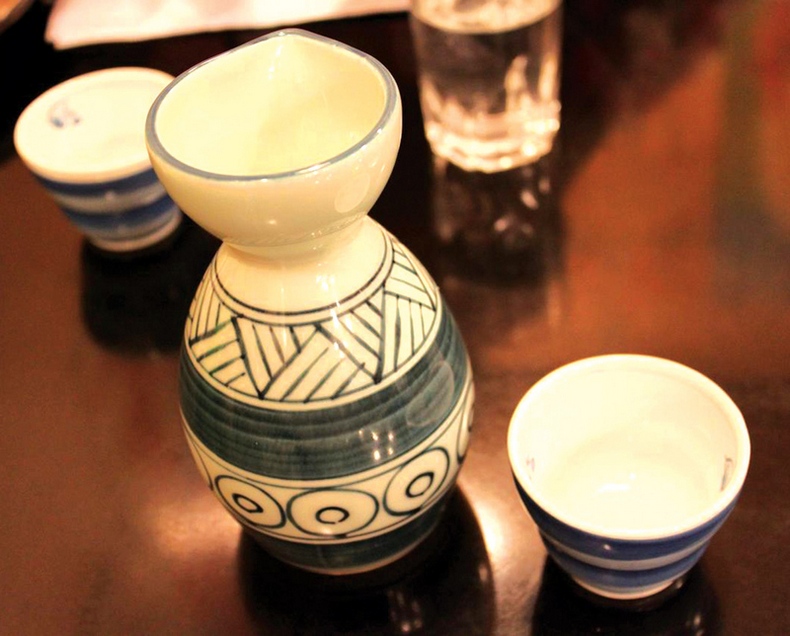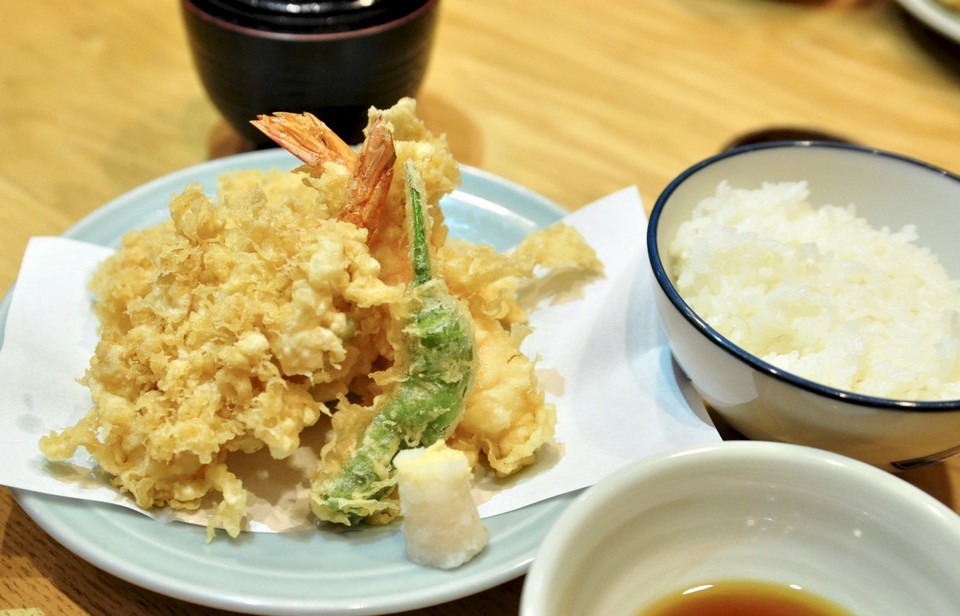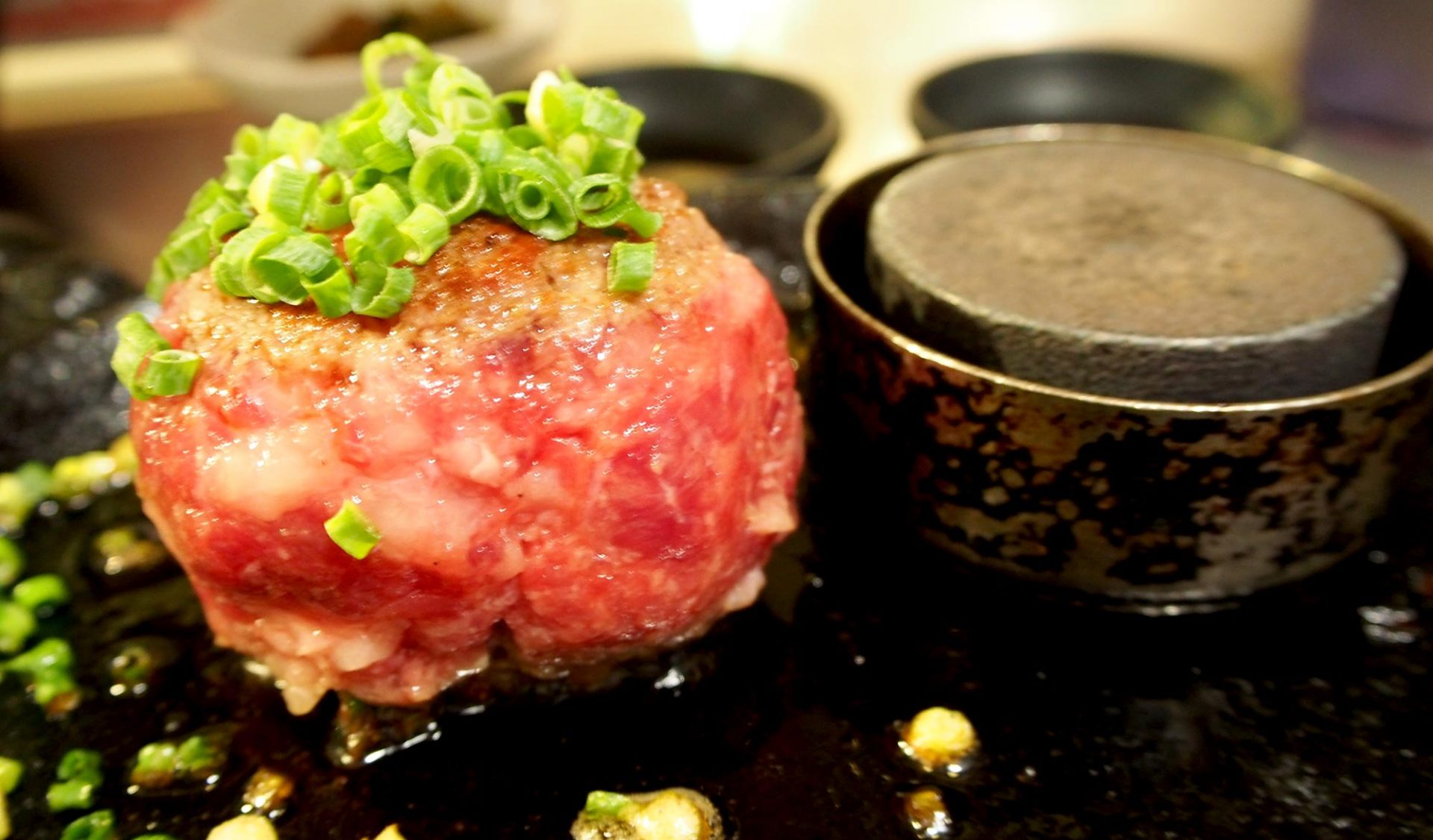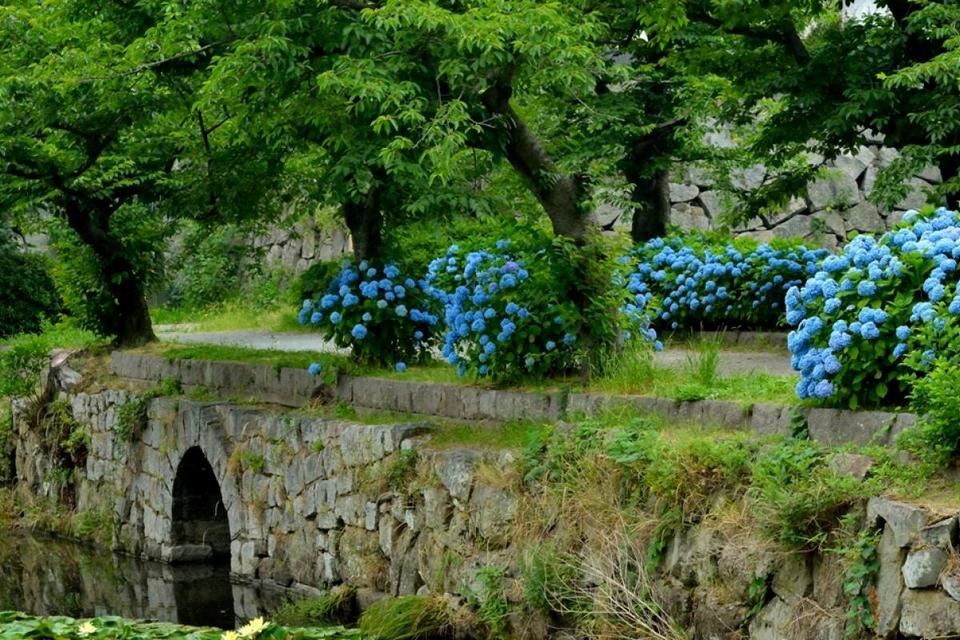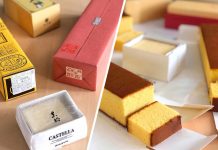When traveling all over Japan, I used to taste many special foods. However, not until I visited an island to the South of Japan did I realize how unbelievable the dishes were. Now, let’s explore specialties of the Southern Japan in Fukuoka city through my Fukuoka trip blog: Fukuoka food blog — Visiting Fukuoka and tasting special foods of the Southern Japan.
- Fukuoka trip blog — The super Fukuoka travel guide for the first-time to visit
- Fukuoka travel blog — The fullest Fukuoka travel guide for first-timers
- Kyoto itinerary 2 days — How to spend 2 days in Kyoto perfectly?
- Mount Fuji day trip blog — How to spend one perfect day itinerary in Mt Fuji?
- Discovering the art of making Washi paper crafts in Japan
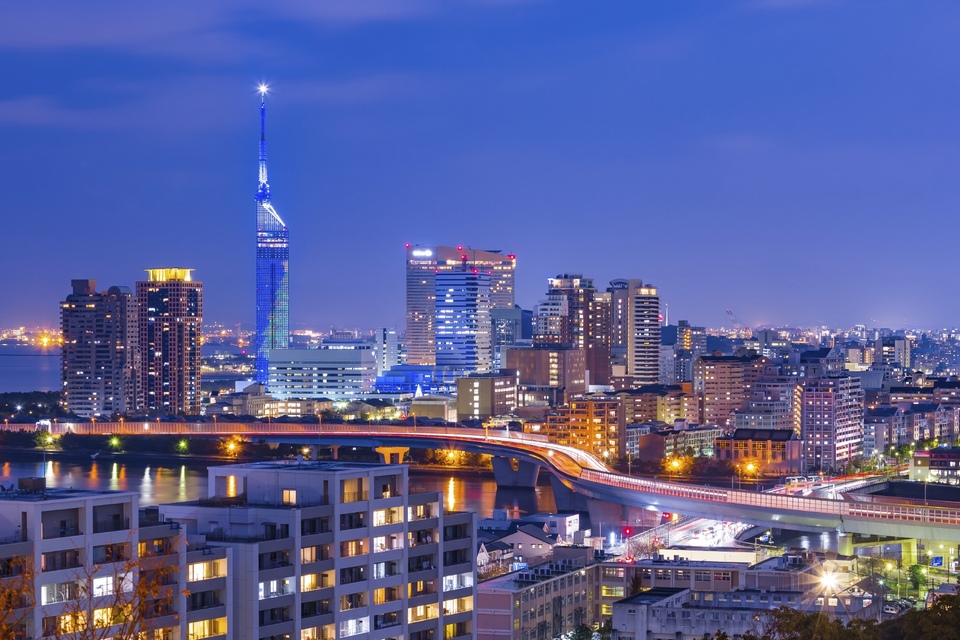
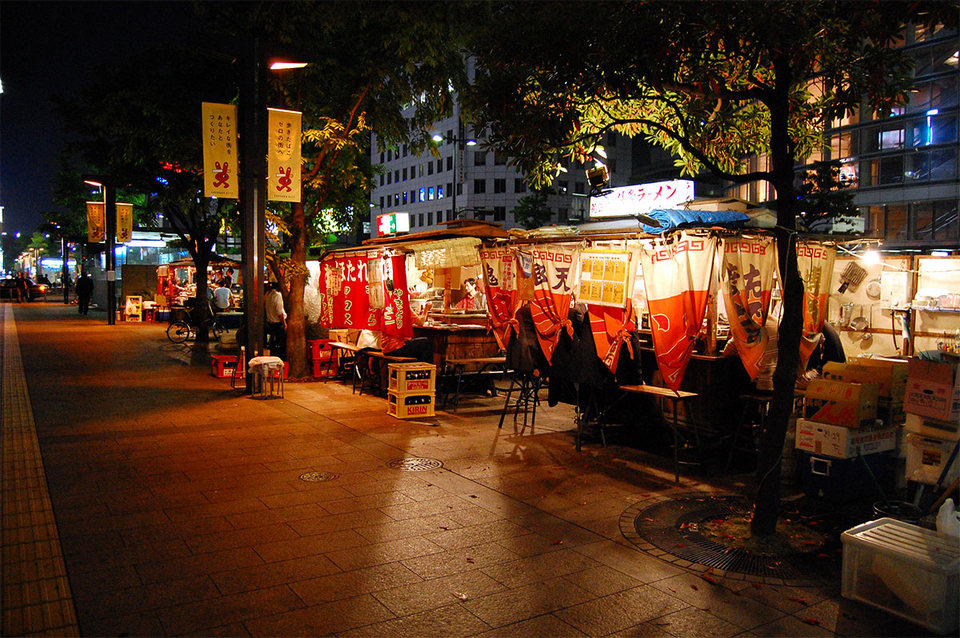
From Ho Chi Minh city, it took only about 4 h ours to reach Kyushu, the centre of Japan by plane. Several years ago, I had to transfer in Hong Kong, Tokyo and then fly to Kyushu. Now the flights from the South of Japan to Vietnam, especially for tourists and businesspeople are very convenient at the price of 400 USD.
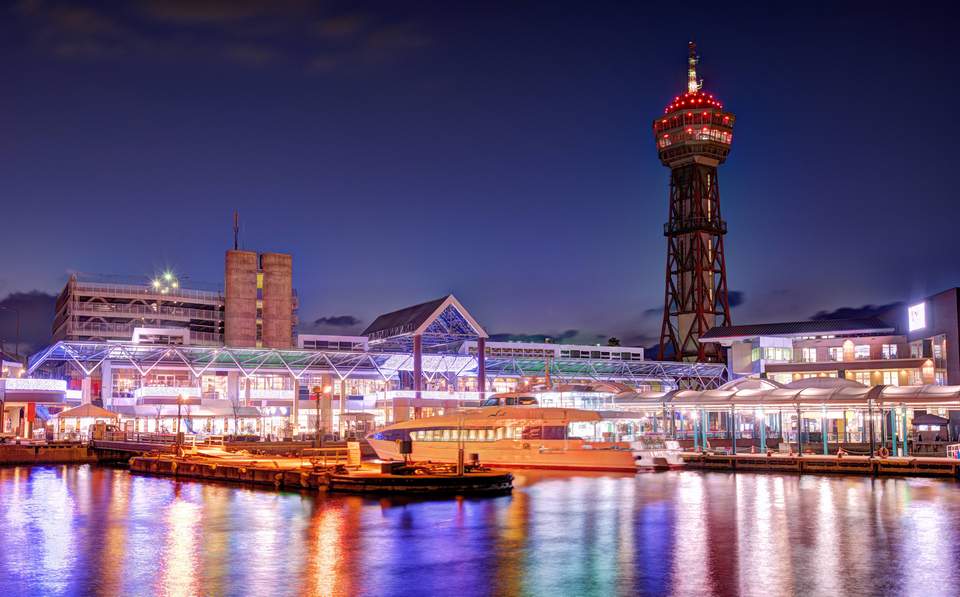
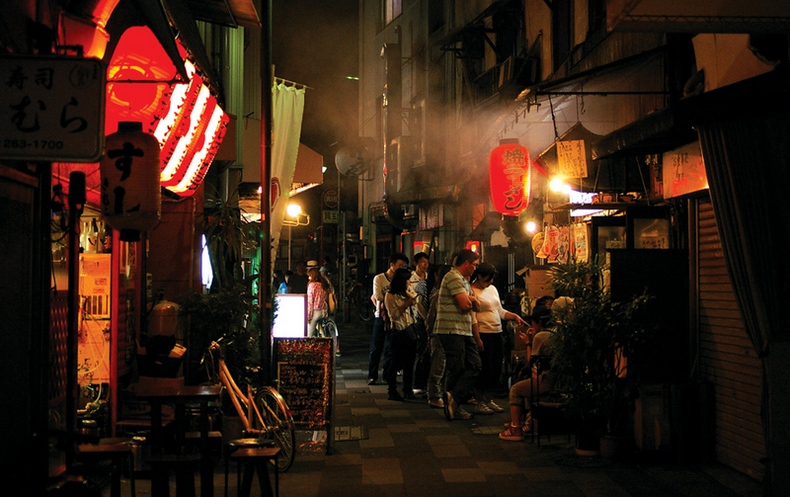

In the Chinese language, Kyushu means a land of nine Prefectures. With a warmer climate, this place used to have a trade relationship with North Korea, China and even Vietnam. This place is a little far from the ancient capitals on the South of Japan, therefore, the cultural and culinary identities were preserved.
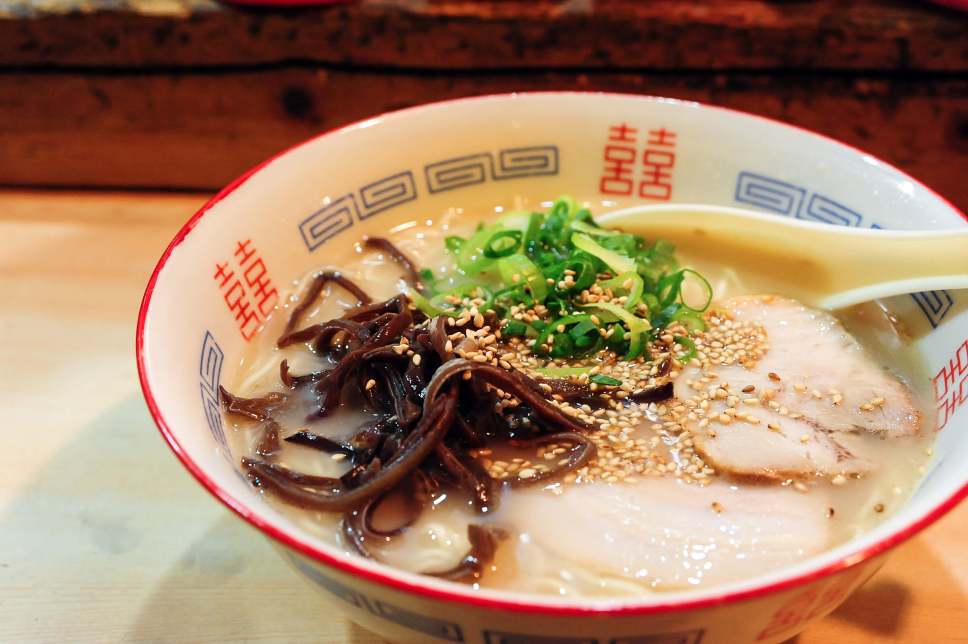
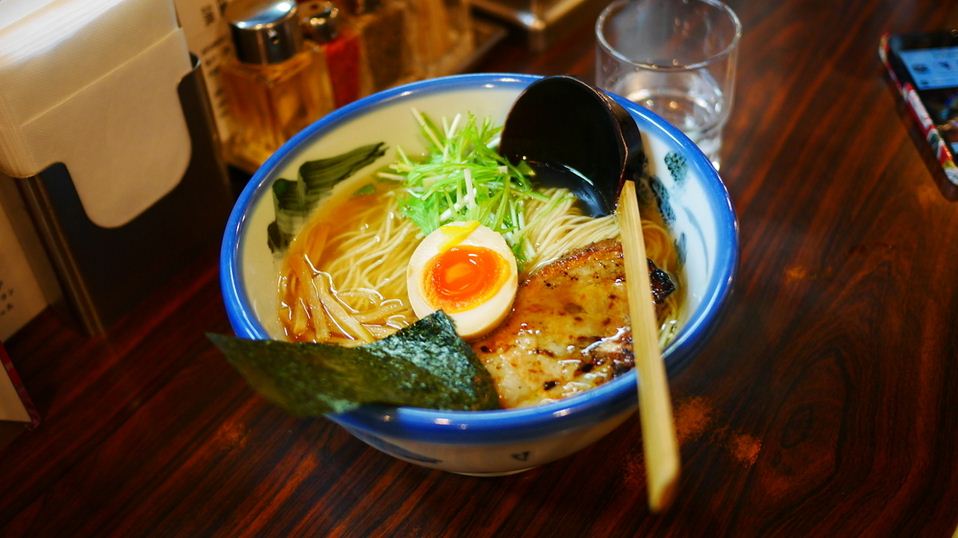
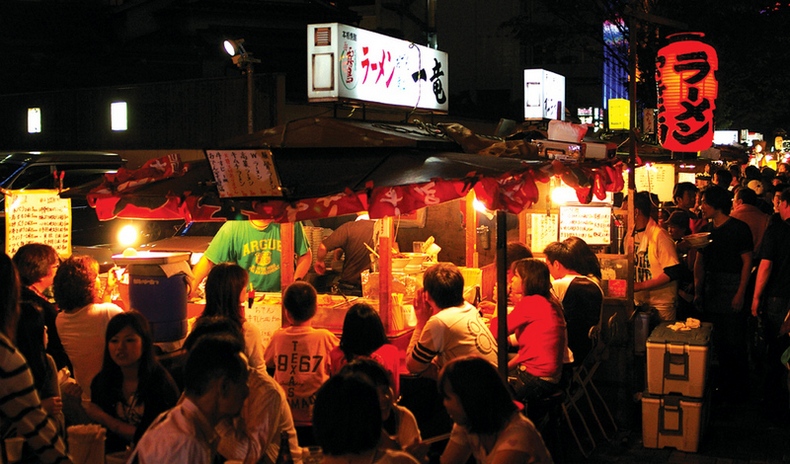
On a sunny weekday, we followed Matsumura, my college, to Kyushu. As promised, Matsumura took us to enjoy the local dishes in Fukuoka city, his homeland. After wandering through many small lanes, I finally found a small restaurant, the doors of which were closed. Outside, it was decorated with white and black curtains and lanterns. Like other traditional restaurants, the room inside was decorated with lanterns, pottery, walls and sliding doors. In the middle is a low table for people to sit around without any chairs. The bowls, chopsticks and furniture are made locally.
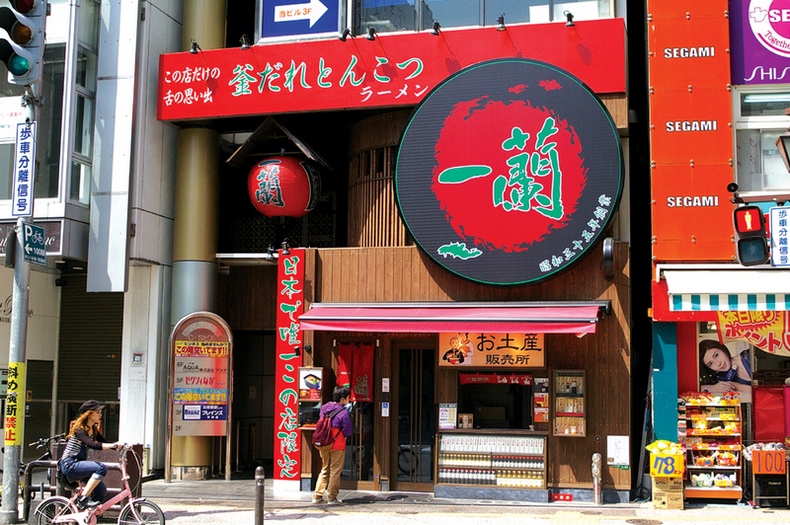
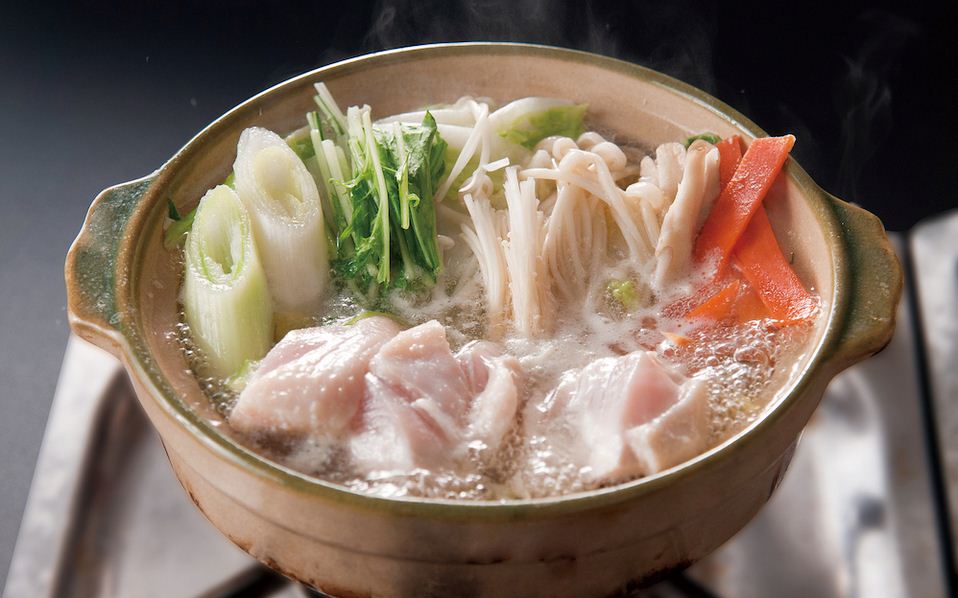
One important specialty is local wine. Slouch is a type of distilled spirit. It is mainly manufactured in the Kyushu region and is distilled from rice, barley, potatoes, brown sugar, or buckwheat. It is served in many ways – diluted with hot water, straight, on the rocks, diluted with cold water, or with juice or tea. At the restaurant, Japanese diners serve themselves without waiters or waitress. Instead, a private and cordial space is preferred. Potato wine is very mild at 36 degrees and very expensive because it is cooked manually, the same way as several hundreds of years ago. It reminded me of “quoc lui” (Vietname wine rice), a Vietnamese local wine with a strong taste at low price.
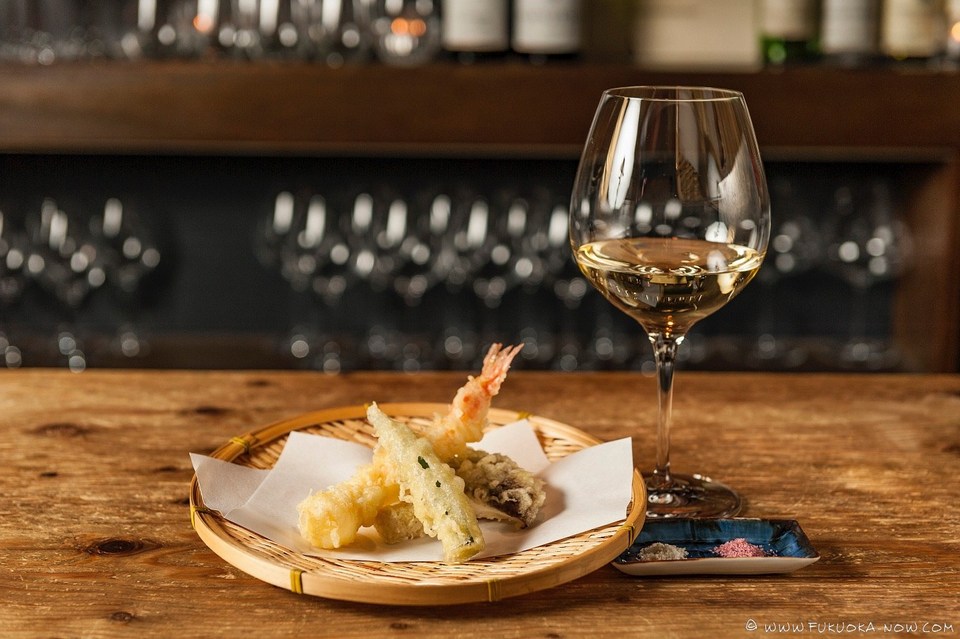
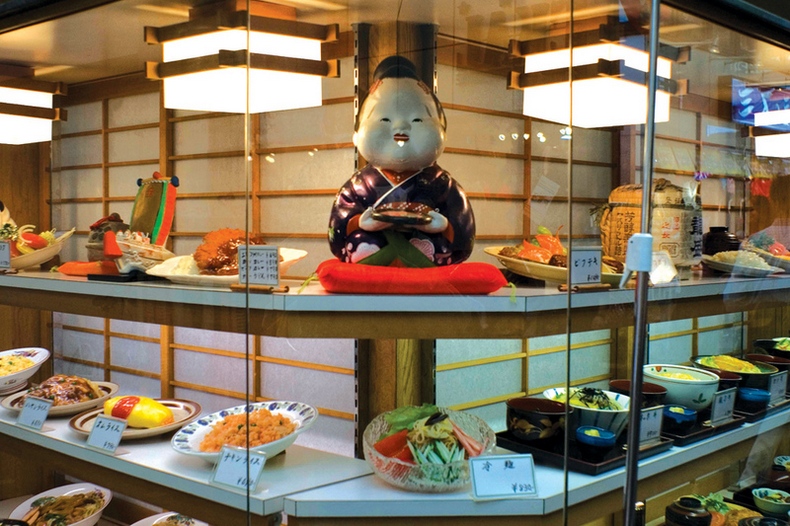
After drinking the first glass of wine, the next specialty of Fukuoka is laid on the table – raw chicken. Only lean meat is served with tartar sauce or cardamom. It was the first time I tried eating this way, the taste was quite bland. Then I found it frightening when raw organs of a chicken were laid on the table. It seemed the habit of eating in each community is varied. It was difficult to adapt to new cuisine all at once. In Vietnam, when I treated Japanese guests Cha Ca served with Mam Tom (Shrimp paste), no one dared to taste due to its unpleasant smell.
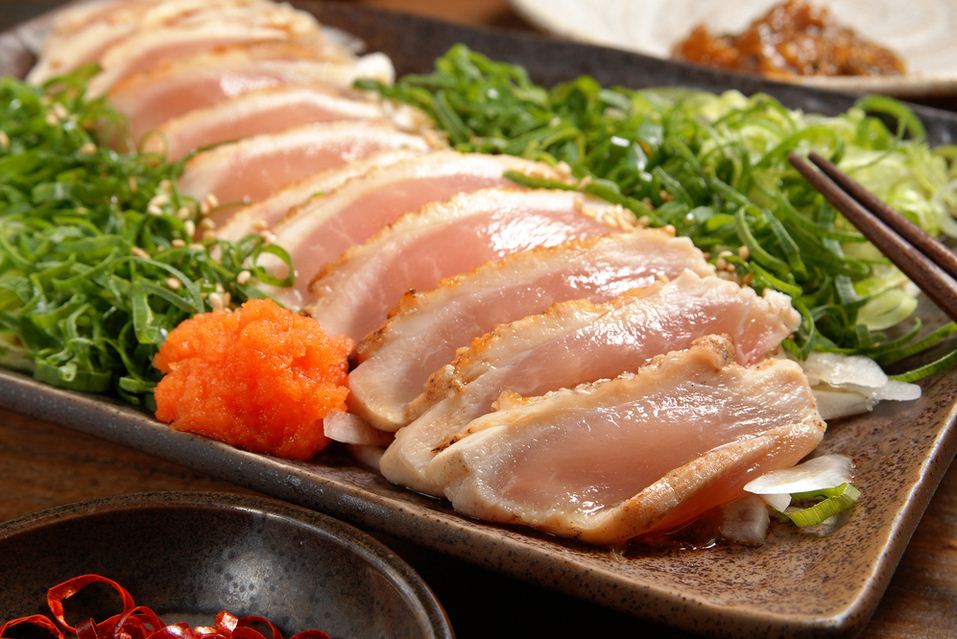
The next specialty was Kibinago fish, a type of sushi served with vinegar or soy sauce. Sushi has become an international dish, especially fresh whale meat and tuna. Thus, the yield of catching whale and consumption of Japanese is ranked first in the world. Furthermore, Japanese like eating raw shrimp and oyster. Raw meat is much more expensive than other foods. In Vietnam, a large number of Japanese restaurants in some big cities and sea food restaurant are increasing. However, it will take a very long time for sushi to really integrate into Vietnamese cuisine.
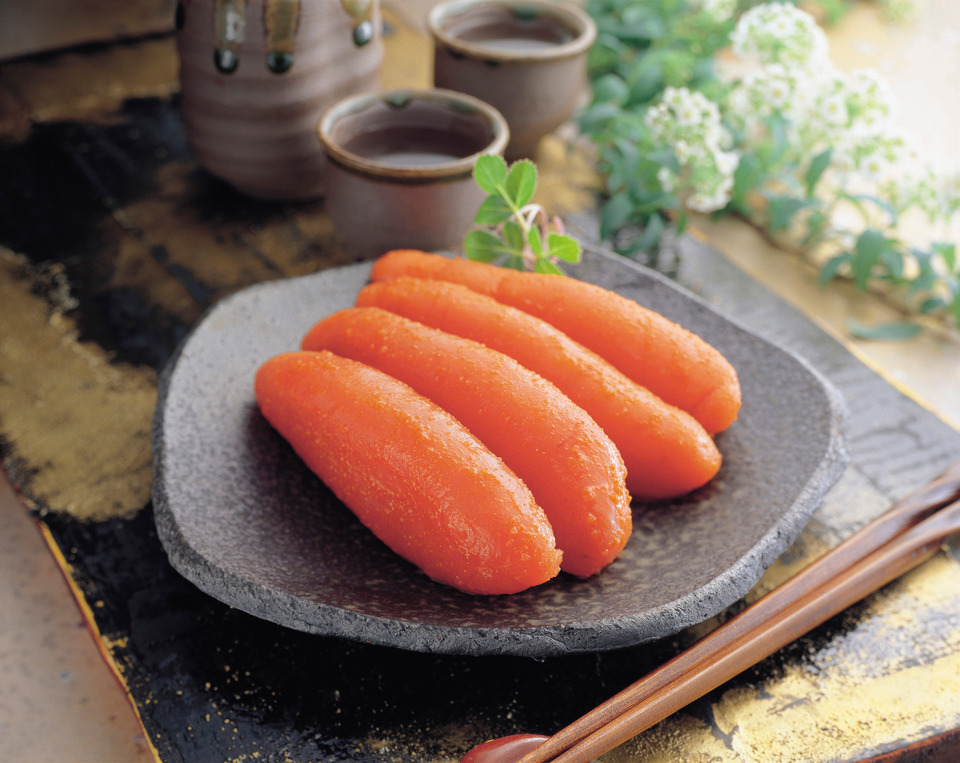
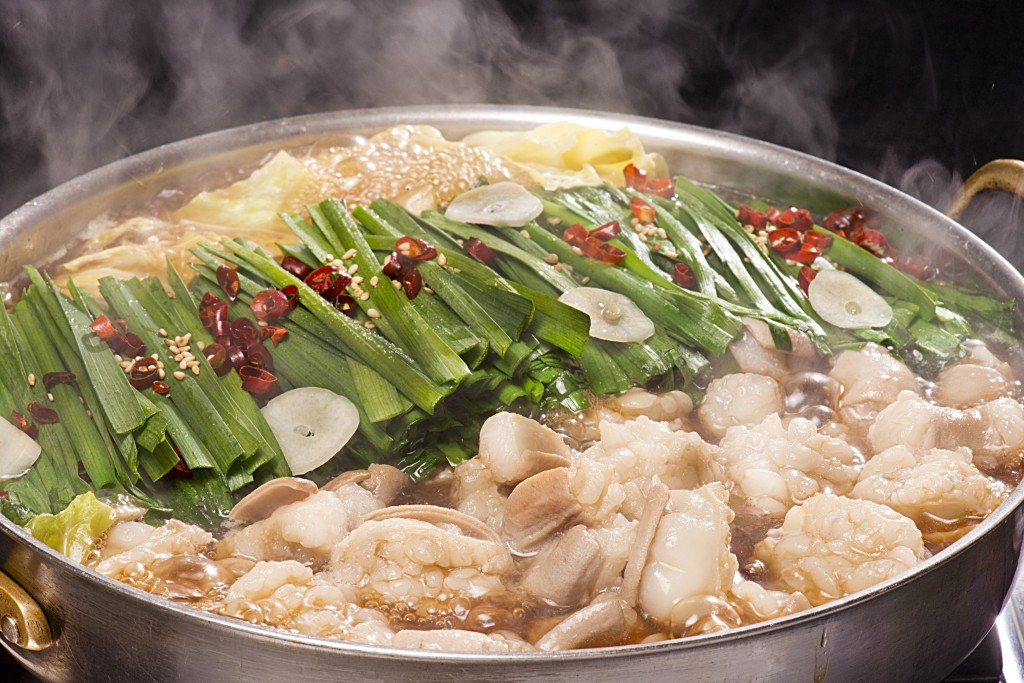
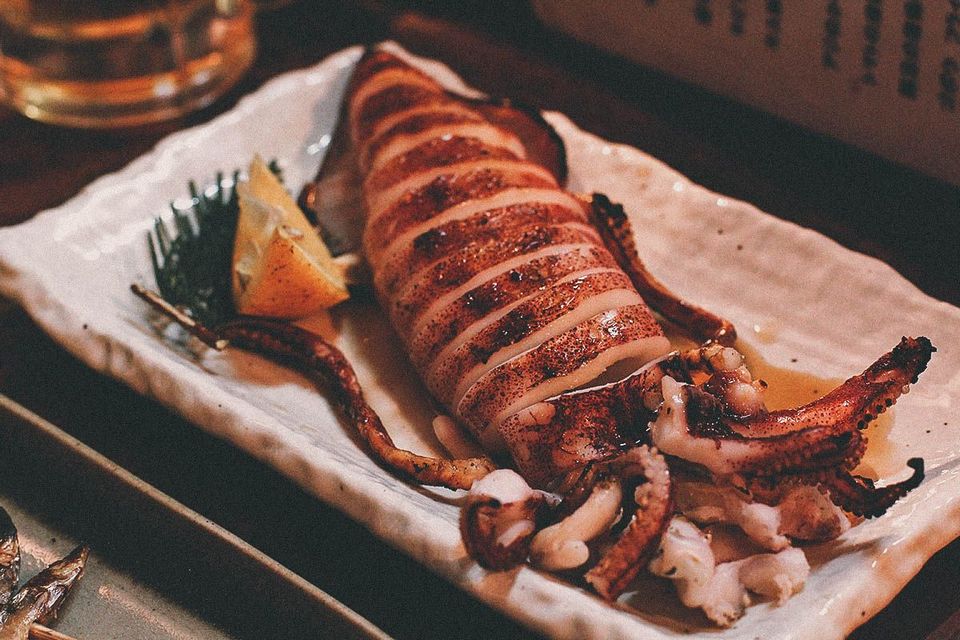
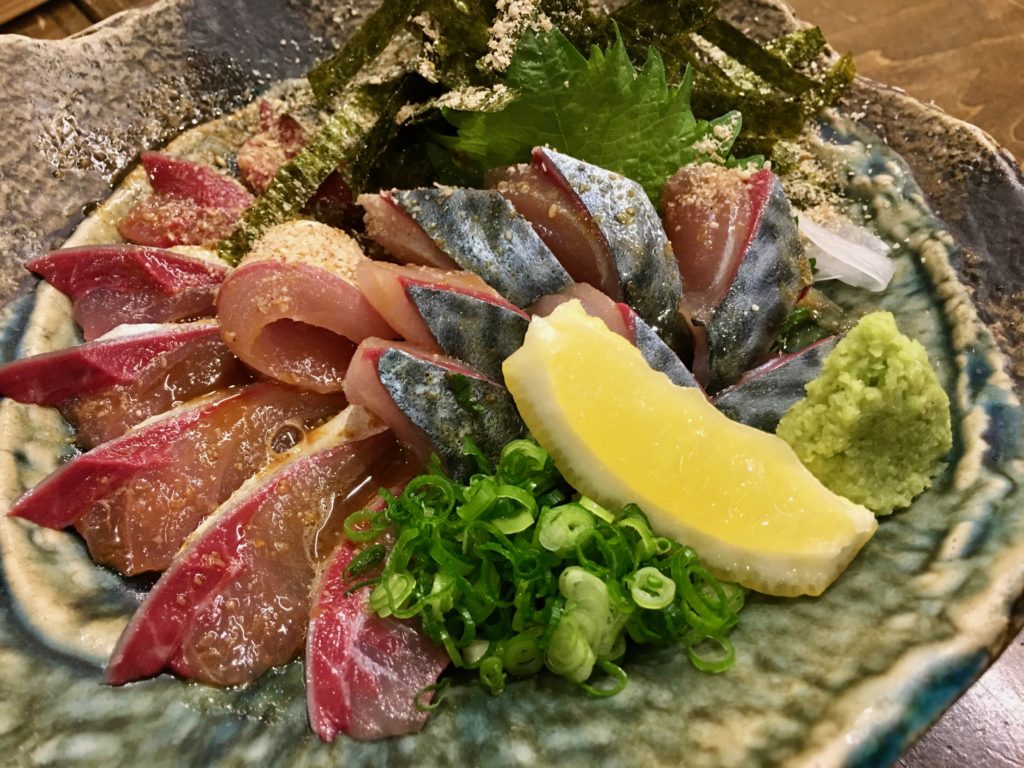

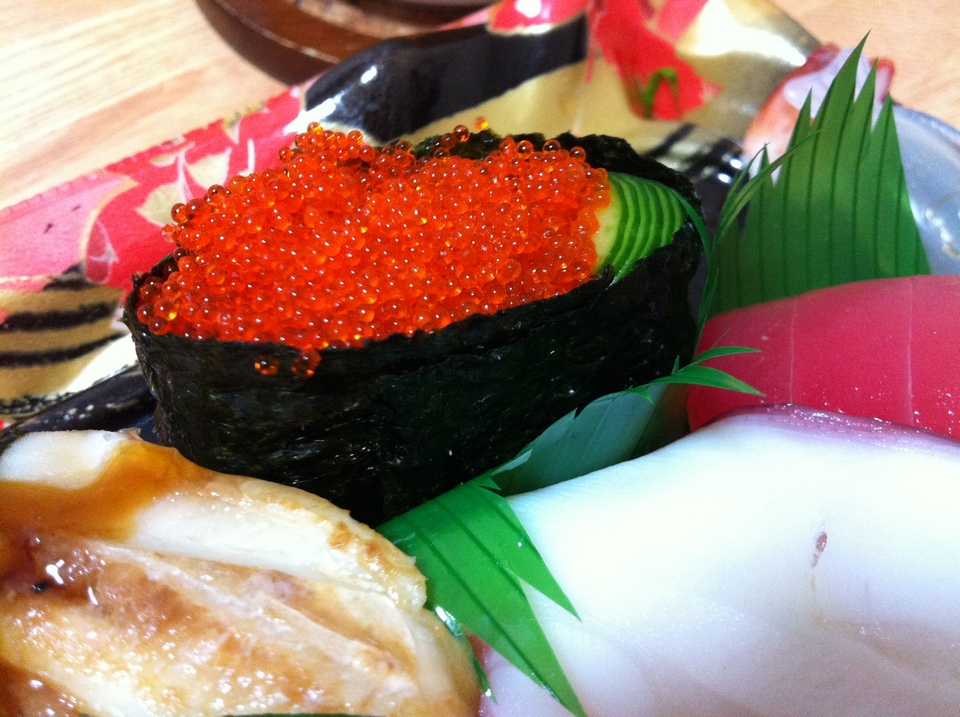
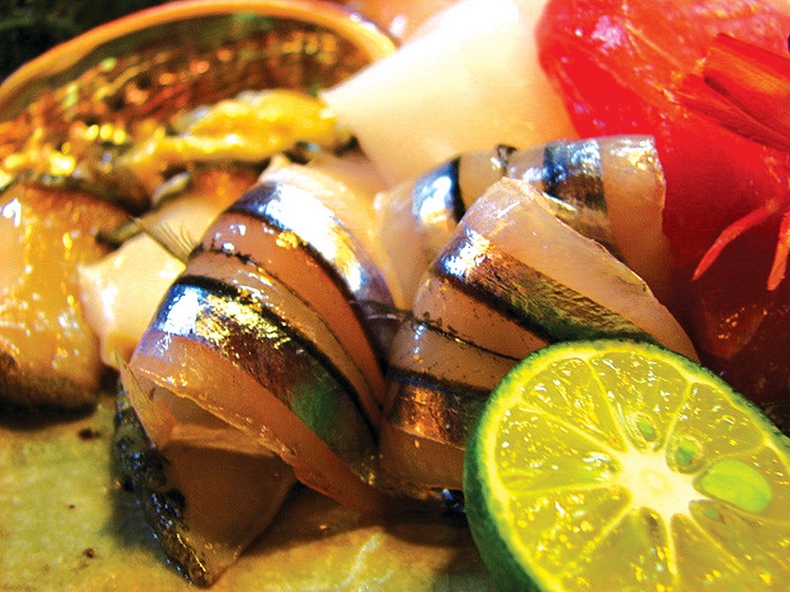
Kyushu is also made with cod roe served with chilli sauce. It is a favorite dish of Europeans. Additionally, hot rice mixed with raw egg is quite popular here.

Of all the dishes in Fukuoka, we liked Tempura the most. The very big shrimp and even vegetables are breaded and then deep fried. It was said that Tempura was introduced to Japan by Portuguese cooks in Edo era 400 years ago. Step by step, it became a popular food in Japan.
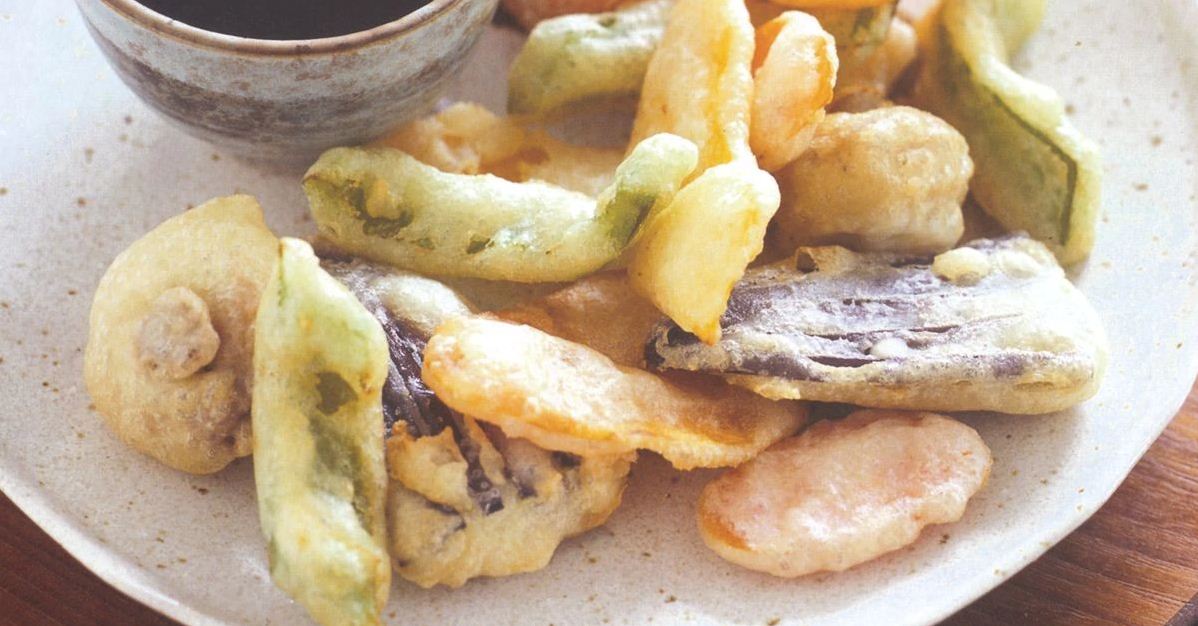
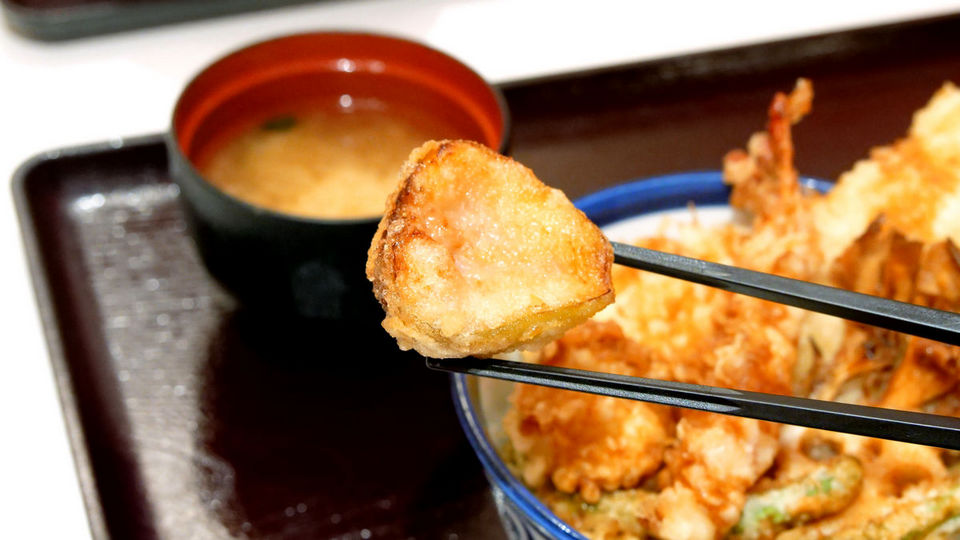
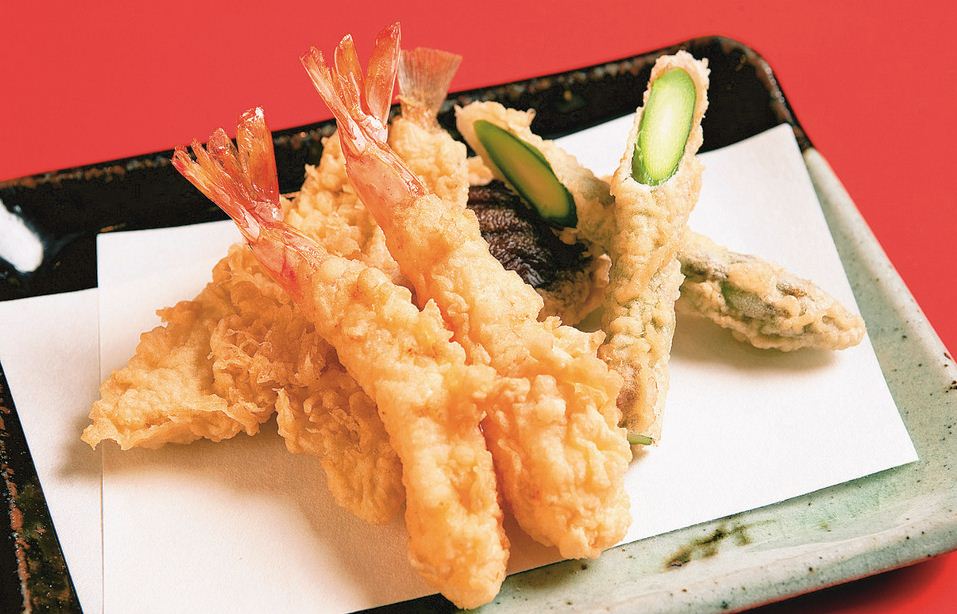
Another delicious and famous dish is grilled beef from the Kagoshima area. The black cows are raised in perfect conditions; therefore, the beef is very tender and special. It is wonderful to sit on a ferry passing by windy Sakura Bay, witness Sakurajima’s volcanic scenery and enjoying warm Shochu.
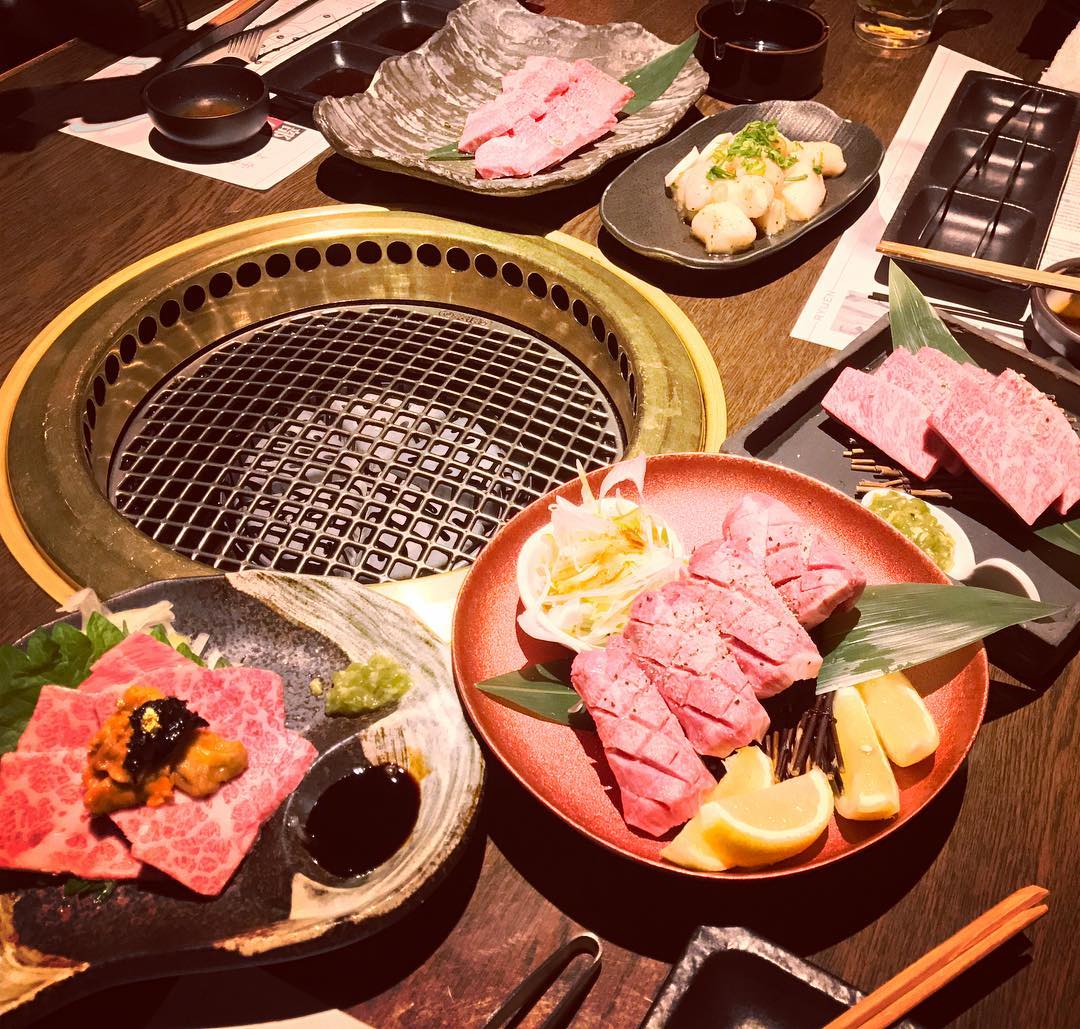
All the restaurants in Kyushu are very clean. The dishes are paid in every single gram with displayed price. The eye-catching food photos help the guests choose the tasty food easily.
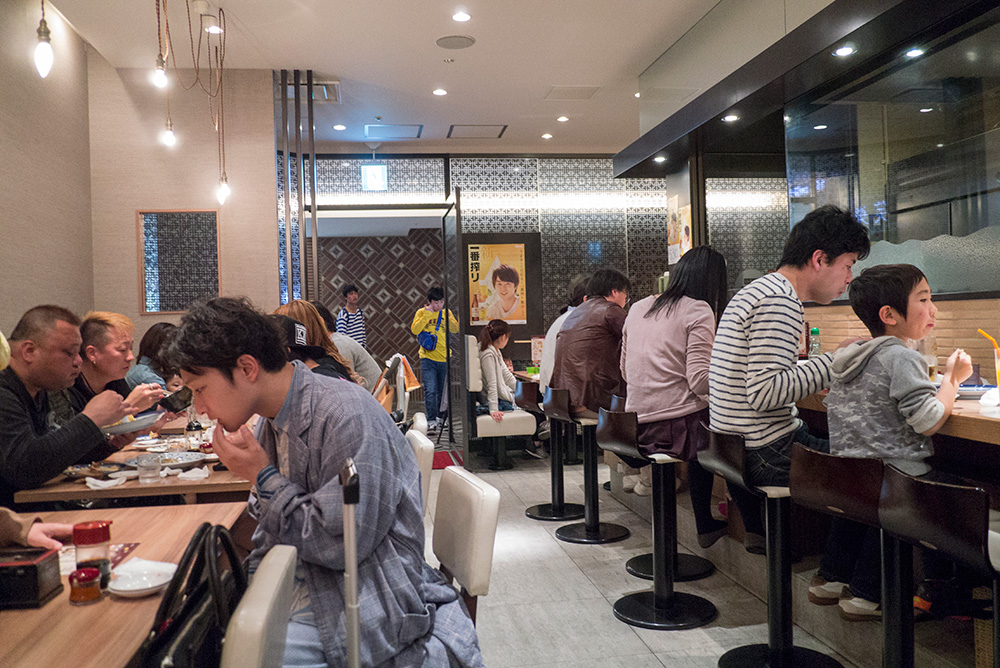
In Japan, the culinary promotion is perfect with a variety of standardized products. After accessing the Western World 150 years ago, Japanese people have greatly enriched their culinary culture. Nonetheless, many foods keep their local taste, becoming an eternal feature.
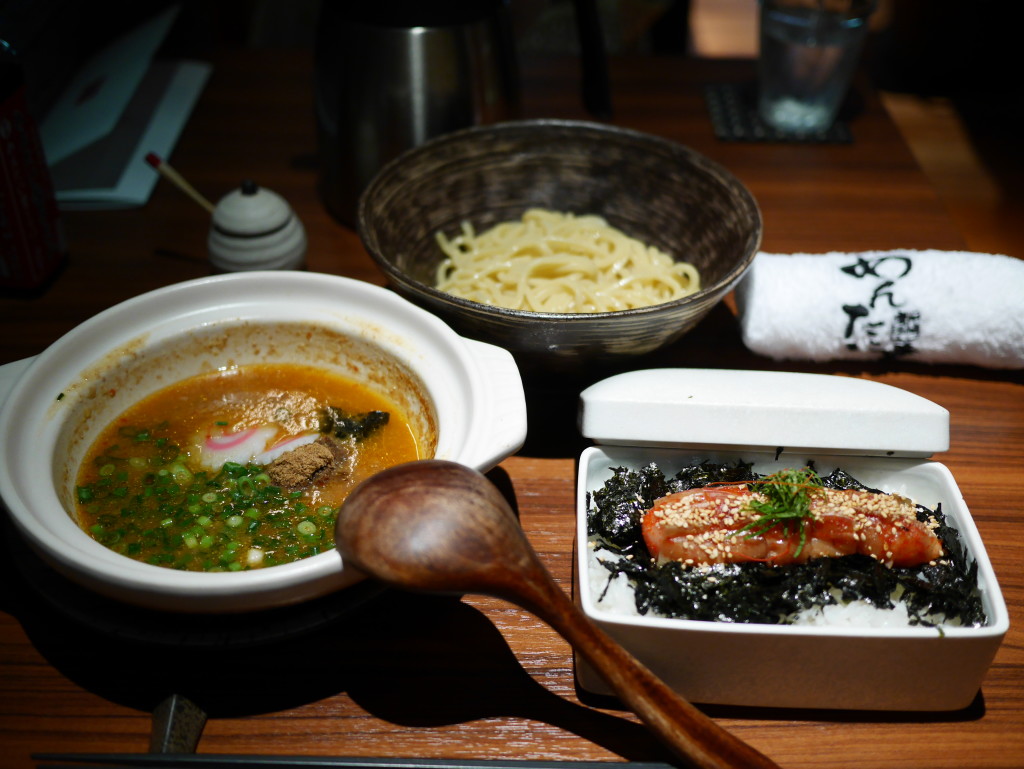


Further information
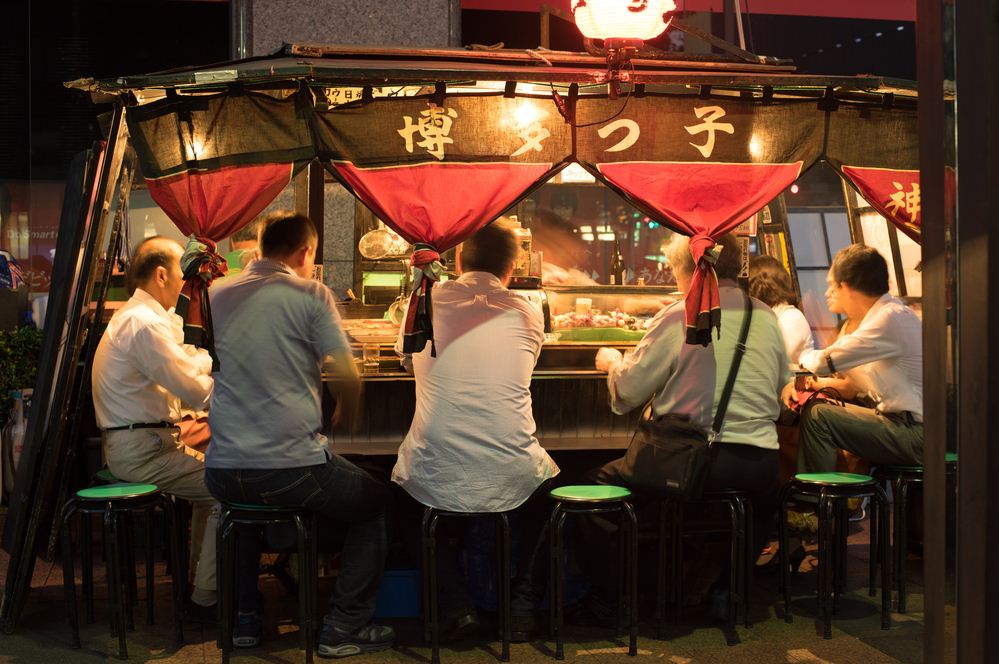
- If you want to visit Kyushu island, fly to the central Fukuoka first. Then you can go to many traditional cities such as Kagoshima with many temples, Sakurajima volcano and Sakura Bay. Traveling by bus or ferry, you can witness blue sea, crooked slopes and modern buildings.
- The banking system of Japan is very good. You can exchange USD in any cities with reasonable rate.
- Japanese people are very punctual. Hence, the tour will set off as scheduled. If you are late, the trip can be cancelled.
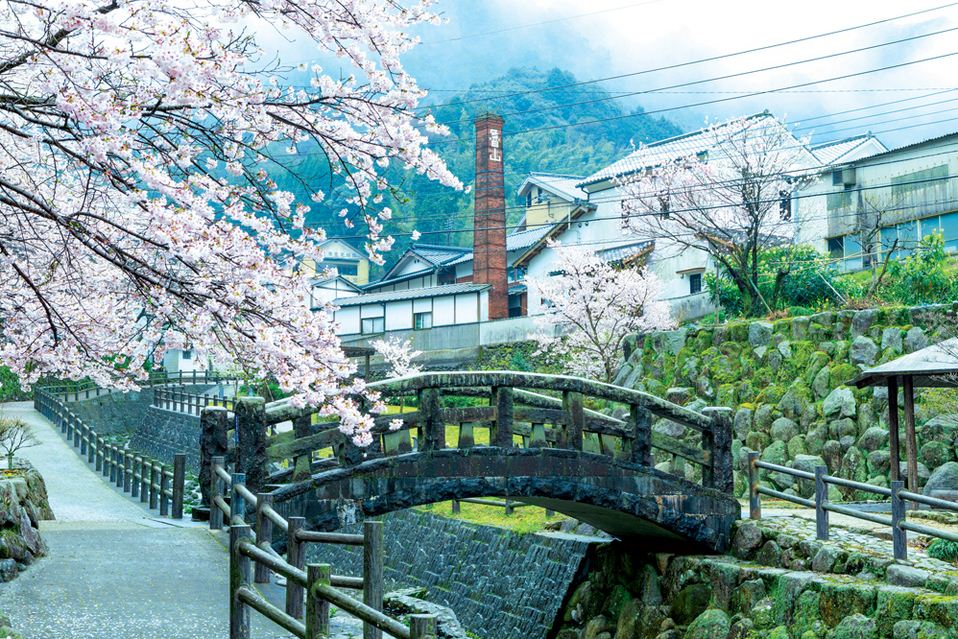
Some best day tours, trips, activities and transfer services, tickets in and from Fukuoka you can refer to
- Private Fukuoka Airport (FUK) Transfers for Fukuoka City
- Yanagawa and Tosu Premium Outlets Day Trip from Fukuoka
- Historical Hakata Tour
- 3/5 Day JR All/North/South Kyushu Pass (Japan Pick Up)
- Fukuoka Subway 1 or 2-day Unlimited Pass
- Kyushu Beppu Internet celebrity attractions
- Takachiho Train & Takachiho Gorge & Tenyasu River One-Day Tour (Depart from Fukuoka)
- Fukuoka Tower Admission Ticket
- BOSS E ZO FUKUOKA Amusement Facility Ticket in Fukuoka
- Fukuoka Kimono Rental(Dazaifu/Yanagawa)
- Shiraito Falls, Keya no Ohto, & Sakurai Shrine Day Trip from Fukuoka
- Kani Honke (かに本家) in Nanokawa – Popular Crab Specialty
- Fukuoka Tourist City Pass
- Bic Camera Tourist Privilege Discount Coupon in Fukuoka and Kumamoto
- Sanyo Shinkansen Train Ticket
- Kamishikomi Kumano Shrine, Mt. Aso, and Kurokawa Onsen Day Tour
- Uminonakamichi Marine World Admission Ticket in Fukuoka
- teamLab Forest Fukuoka Ticket
- 4G Prepaid Sim Card (JP Airports Pick Up) for Japan
- 4G WiFi (Japan Pick Up) for Japan
- JR Pass for Whole Japan (7, 14, or 21 Days)
Are you looking for more top things to do in Fukuoka: Tours, activities, attractions and other things? Read more: Fukuoka food blog — Visiting Fukuoka & enjoy specialties of the Southern Japan. And The super Fukuoka travel guide: Things to see, visit & what to do in Fukuoka. And Fukuoka travel blog — The fullest Fukuoka travel guide for a great trip to Fukuoka on a budget for the first-timers.































![10 best airports in Asia in 2016 [RANKED] kuala-lumpur-international-airport-best airports in asia in 2016 by skytrax ratings](https://livingnomads.com/wp-content/uploads/2016/08/29/kuala-lumpur-international-airport-best-airports-in-asia-in-2016-by-skytrax-ratings-218x150.jpg)








